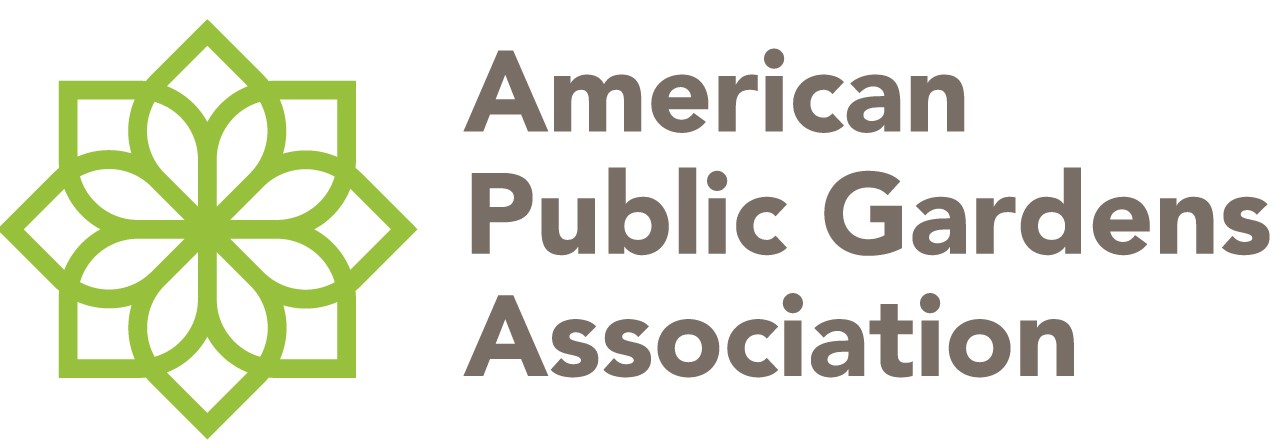San Francisco Botanical Garden Society (SFBGS) is pleased to announce the appointment of Stephanie Linder as Executive Director. Linder will begin in her new role February 26, 2018.
Linder has been both a national and local San Francisco Bay Area park advocate for much of her career, with over 20 years of experience in the non-profit sector including leadership and advancement roles at many prestigious conservation and park organizations.
“The Board of Trustees is delighted to welcome Stephanie as our new Executive Director at SFBGS,” says Delle Maxwell, Board Chair. “She brings the perfect mix of experience with gardens, parks, and conservation and environmental organizations, as well as public-private partnerships similar to ours. Her skills, enthusiasm, and vision will guide the Garden forward during this new chapter of growth and development.”
Linder comes to SFBGS from Santa Barbara Botanic Garden, a model garden dedicated to research, education, and conservation of California native plants, where she was Director of Development and Communications overseeing philanthropic relationships, membership, marketing, communications, events, and more.
Prior to her work there, Linder was Director of Philanthropy at San Francisco Parks Alliance where she both raised money for park advocacy, volunteerism, and stewardship and made grants to local grassroots organizations for neighborhood park improvements throughout San Francisco. She has also served as Advancement Director at the national office of the Sierra Club, Director of Board Affairs at The Trust for Public Land, and has worked with several non-profits dedicated to women’s health.
She is an alumna and former Board Chair of Emerge California, a candidate training program for women seeking elected office. Linder was instrumental in helping the organization develop a statewide presence. She holds a Master of Arts in American History from Binghamton University in New York.
For many years, Linder has maintained a home in San Francisco’s Inner Sunset District with her husband, where she developed a backyard garden focused on California native plants and plants that support the green hairstreak butterfly. She is a longtime member of San Francisco Botanical Garden (SFBG) and purchased many of the plants for her garden at SFBG’s nursery.
“Great parks make great cities, and for me the Garden makes Golden Gate Park extraordinary,” says Linder. “I am excited to return home and work with my neighbors, the community, the Garden’s supporters present and future, and our partners at Rec & Park to make the Garden an even more incredible place. I believe botanic gardens play a critical role in helping the public understand the importance of biodiversity and habitat protection. Not only that, their immersive beauty is an antidote to nature deficit disorder and many of the other challenges of our modern, urban era. San Francisco Botanical Garden, situated right in the heart of one of the nation’s most vibrant cities, is a uniquely accessible place, and I am thrilled to have the opportunity to build on its growing programs, collections, and circles of support.”
“We thank outgoing Executive Director Sue Ann Schiff and SFBGS for their leadership and partnership in caring for the City’s beloved Botanical Garden,” said Phil Ginsburg, General Manager of SF Recreation and Park Department whose jurisdiction includes SFBG. “We are excited to be working with Stephanie to build upon the momentum that will take the Garden to the next level and to continue to give it the thoughtful attention and care that it deserves.”
About San Francisco Botanical Garden Society and San Francisco Botanical Garden
San Francisco Botanical Garden Society is the nonprofit support organization for San Francisco Botanical Garden. The Society manages and operates the Garden in partnership with the San Francisco Recreation and Park Department.
Located in Golden Gate Park, San Francisco Botanical Garden is a sanctuary of natural beauty and tranquility dedicated to educating children and adults, cultivating community, and displaying and preserving the planet’s biodiversity. With over 8,500 different kinds of plants from around the world, including many that are rare and endangered, it is possible to travel the world in the Garden’s 55 acres. Welcoming nearly 450,000 annual visitors, the Garden brings the community together to marvel, to learn, to find respite in nature and to celebrate Earth’s beauty and the interconnectedness of all living things.




